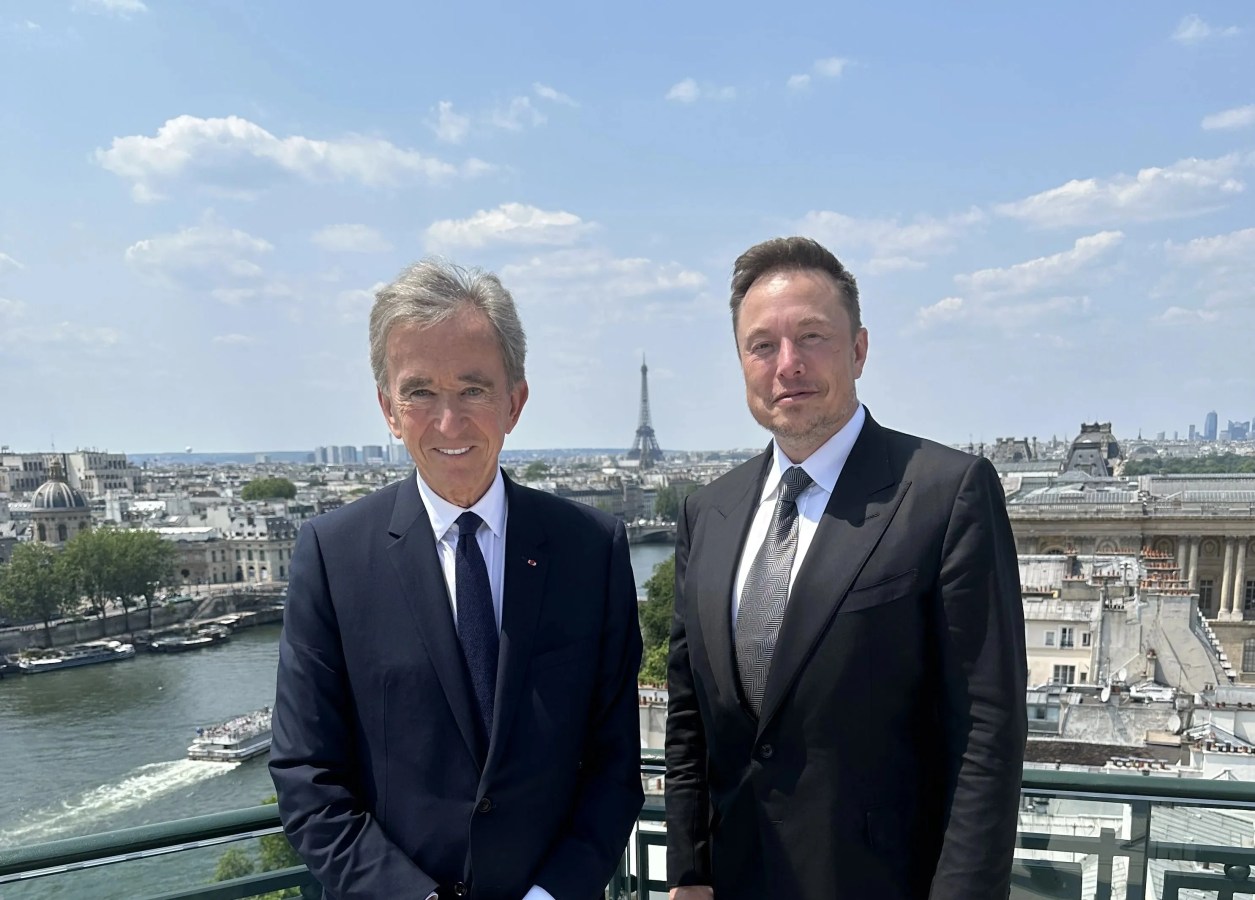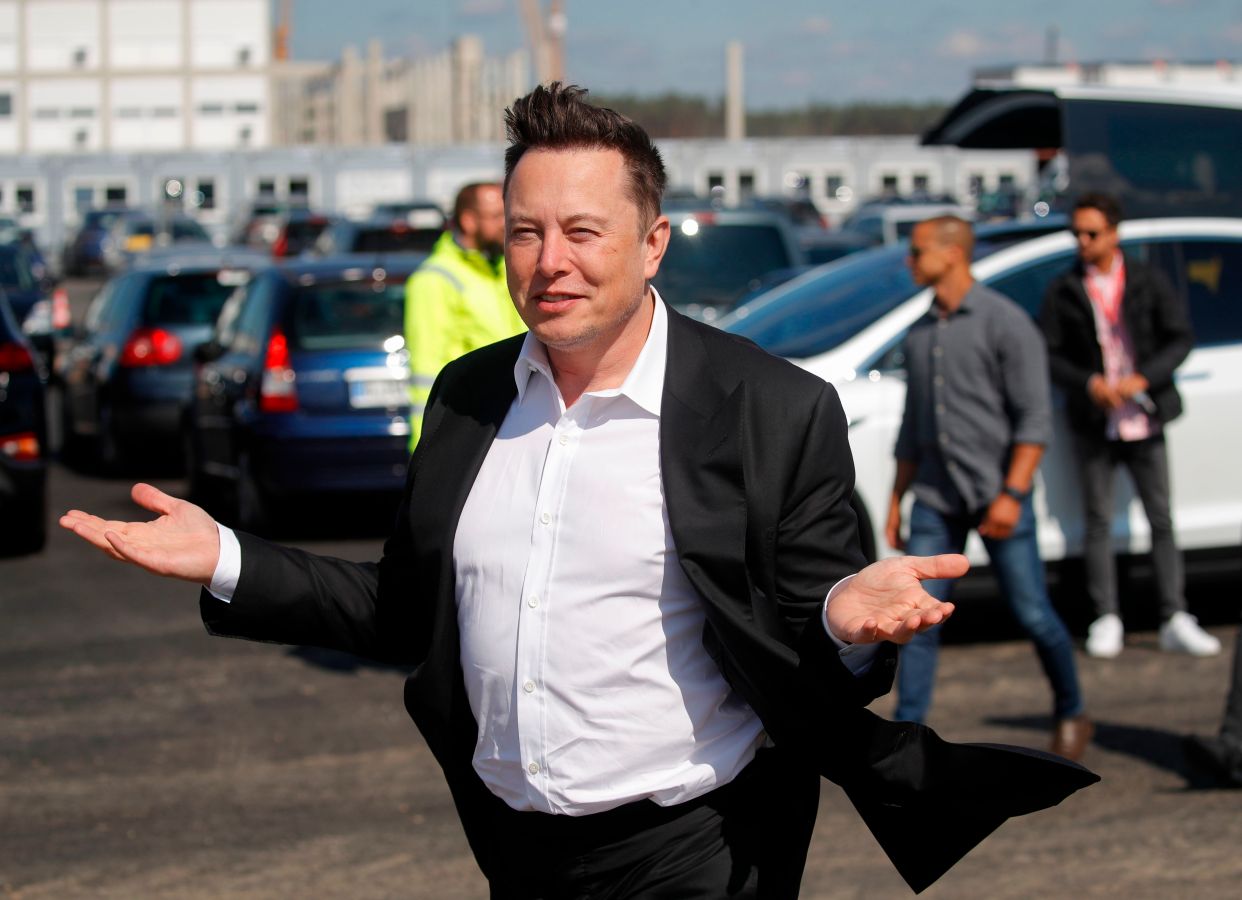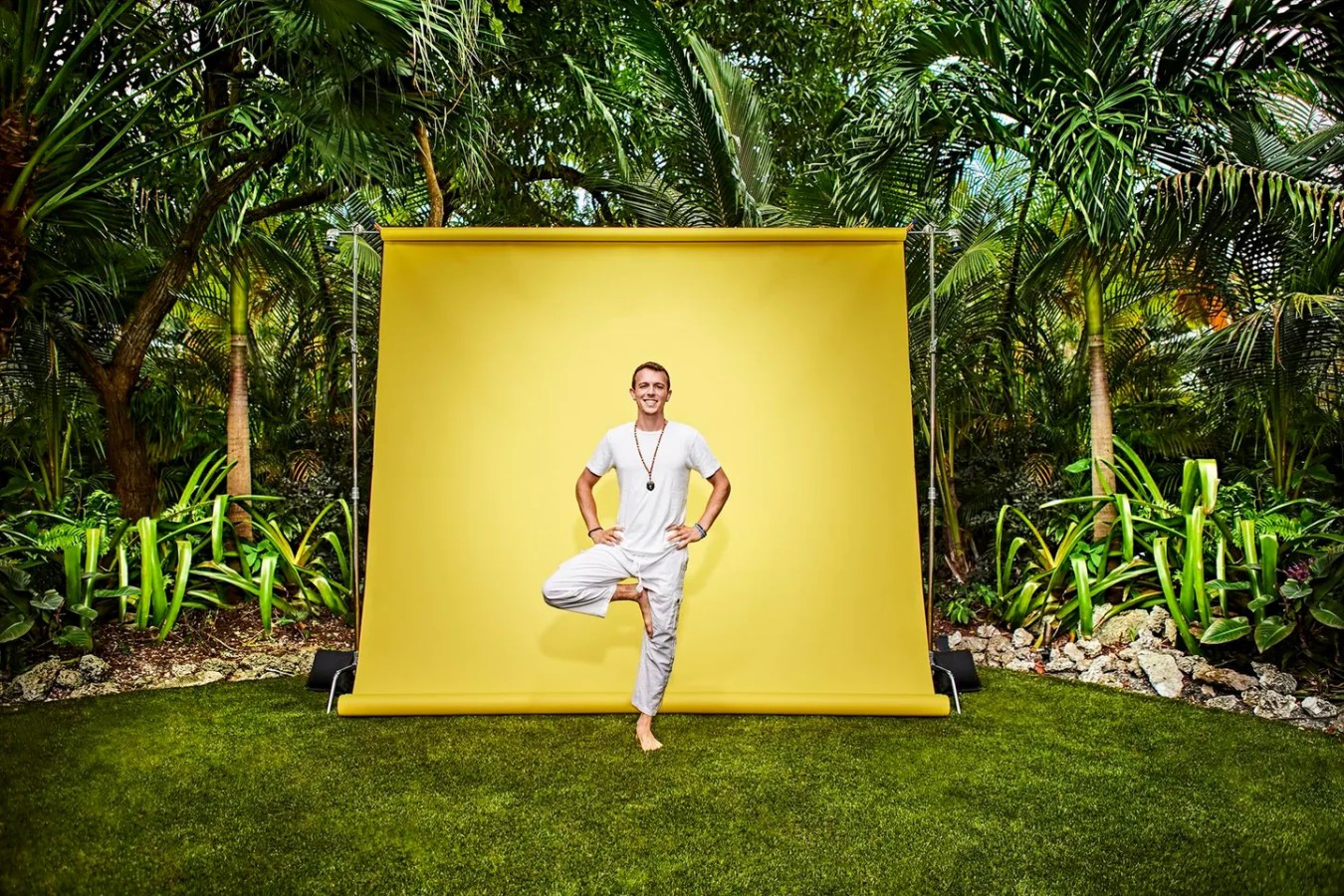New miniseries ‘Founder’ goes behind the scenes of how Canva founders Melanie Perkins and Cliff Obrecht went from a relatively unknown couple to two of Australia’s youngest billionaires.
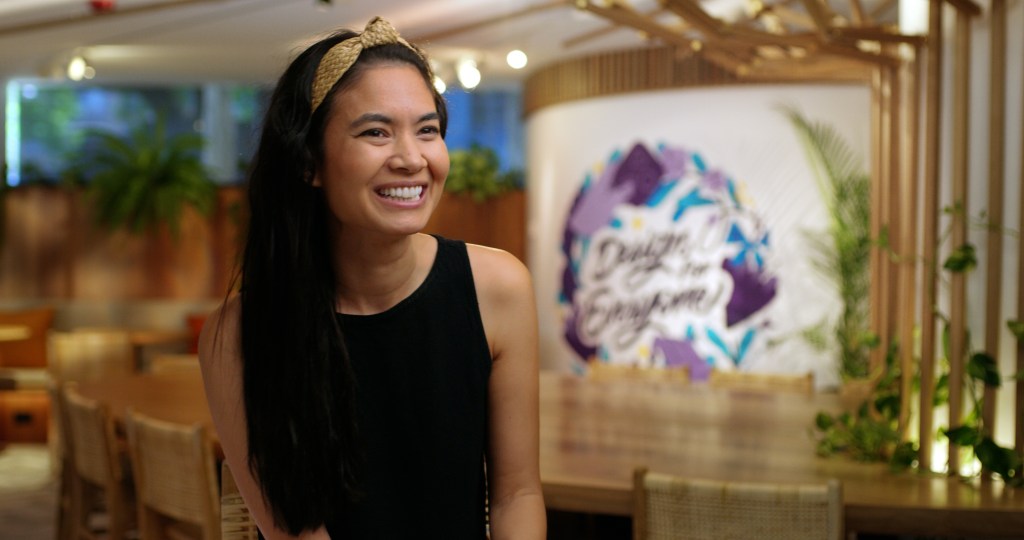
With never-before-seen footage filmed by the Canva founders in the earliest days of the company and in-depth interviews, the first episode of ‘Founder’ offered viewers an unparalleled insight into the founding of the multi-billion-dollar company.
Perkins and Obrecht, who are each currently valued at US$3.6 billion on the Forbes real time billionaires list, open up on the early struggles in launching Canva into the tech behemoth it is today.
“If I don’t feel small and inadequate before it, it’s not big enough. If it doesn’t simultaneously move me, scare me, excite me, and humble me, the goal probably isn’t big enough,” Perkins says.
“I had this belief that it shouldn’t be the software that makes people feel stupid,” Perkins says, “It was actually the software that was the problem.”
This was the seed for an idea that would make her, for a time, Australia’s youngest billionaire.
All that stood in her way was getting other people to believe in her.
Perkins recounts the time her year six teacher told her she was doing “too much” homework, even taking the matter to Perkins’ mother. This work ethic, even at such a young age, seems to have shaped the Canva founders’ ability to take on the astronomical load of founding a unicorn company.
The title sequence of Founder includes narration that reminds viewers that “founding a company is one of the most daunting and lonely paths a person can choose. If you get it wrong, you can lose everything.”
Yet, it seems throughout the episode on Canva that the strength of this company might be that it was never a solo venture.
Founding as a couple
Perkins and Obrecht began working together as a young couple, each balancing out the strengths and weaknesses of the other.
The pair sing each other’s praises throughout the episode, and Atlassian co-founder Scott Farquhar describes the pair as “very, very different people.”
“They’re at the bottom of the list of people who you think would be successful together, yet, when you see the way it works, and the respect they have for each other… it totally works.”
Perkins is Canva’s CEO and Obrecht’s official title is COO, although he admits that he’s “not actually too sure what a COO is supposed to do.”
Obrecht says in the episode that he takes on a “do everything” job, and according to Perkins, has a real knack for business and negotiations.
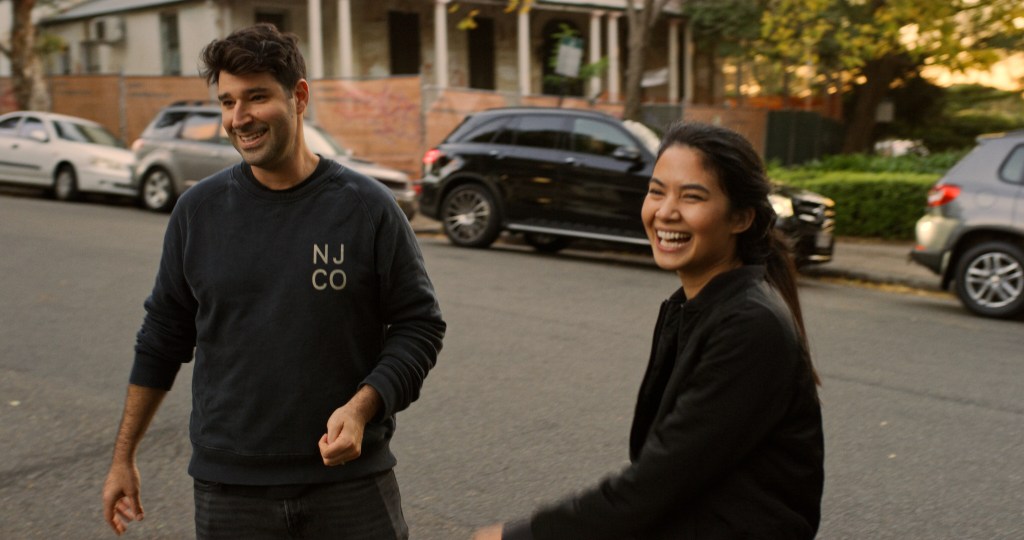
Farquhar notes that “Mel lives 5 years, 10 years in the future… Cliff lives in the moment, right now. And I think he’s very practical, and that compliments Mel’s tendency to dream big.”
But the couple were inexperienced in a lot of ways.
Although they may have founded a tech giant, Perkins says she was never “technical” and Obrecht joked that before Canva he never liked using computers.
“We’re two pretty forceful people. If we’re not aligned and working together, then it’s like two big bulls butting heads,”
Cliff Obrecht
The episode uses never before seen video diaries filmed over a decade ago by the couple, which they called their “Monday minute”.
The episode tracks how Perkins’s original idea, to democratise design, began as a company called ‘Fusion Yearbooks’.
Although they were specifically in the education market, the skeleton of Canva was there, with the business allowing users to create graphic designs based on templates.
The episode explores how this relatively simple business concept turned into Canva – and Silicon Valley venture capitalist Bill Tai recounts how he became involved with the couple.
‘I felt like a failure’
After a chance meeting at a conference in WA, Obrecht and Perkins became determined to chase after Tai, making the most of his Silicon Valley connections.
The pair got involved with a group of investors and venture capitalists, famously learning to kite surf as a gateway to the community that included Bill Tai, Blackbird Venture’s Rick Baker, and even Richard Branson.
But it wasn’t going to be as easy as getting a foot in the door.
The couple revealed that of a list of 20-30 potential investors that they had compiled, they were rejected by every single one.
“All of the possible indicators are saying maybe you shouldn’t persist here. I felt like a failure,” Perkins said.
Tai, who they had been pursuing for months, only offered them $25,000.
Perkins spent an hour on the phone with him, trying desperately to convince him Canva could be a billion-dollar business.
He caved and gave them $100,000.
The episode tracks Canva’s journey of growth and scaling in detail – delving into common start-up perils and pitfalls.
Running a start-up as a couple has been Obrecht and Perkins’ superpower – but they reveal in Founder that it hasn’t always been easy.
As the business struggled to cope with exponential growth, the pair admit to internal struggles, and differences of opinion, during a stressful period in which they had to rebuild the entire platform in order to scale it.
“We’re two pretty forceful people. If we’re not aligned and working together, then it’s like two big bulls butting heads,” Obrecht says in the episode.
Where to watch
Produced by another successful founder, Luke Annear of SafetyCulture, and told in Perkins and Obrecht’s own words, this Founder episode is the most in-depth exploration of the Canva story yet.
The episode also delves into Perkins’s childhood, issues of scaling a small business into a larger one, Cameron Adams’ involvement with the business, and the couple’s recent public announcement that they would be putting their billions to charity.
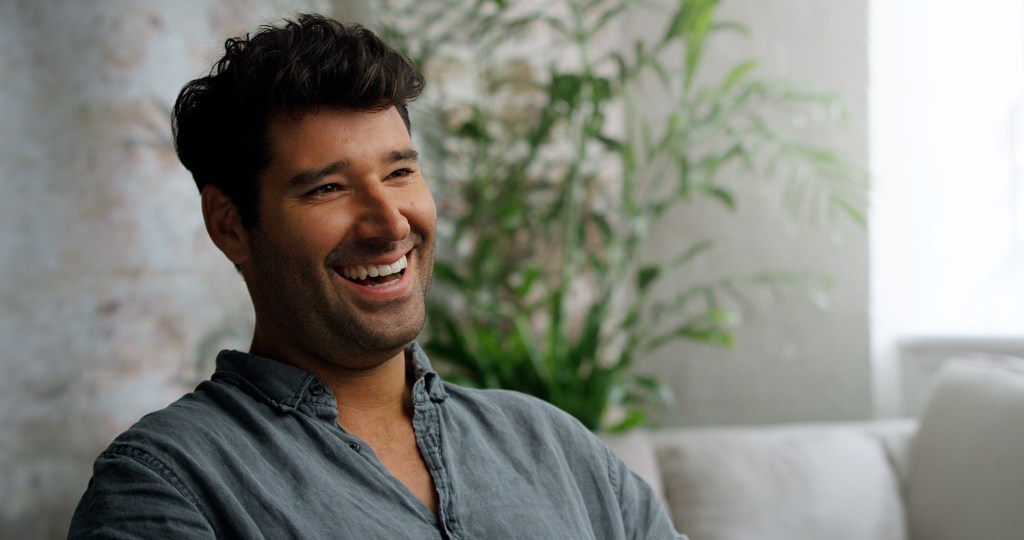
The Founder miniseries explores the origins and challenges of some of Australia’s other biggest start-ups; SafetyCulture, Finder, and Brighte.
The series will be released on August 1 and will be available to stream on Amazon Video and Apple TV.
